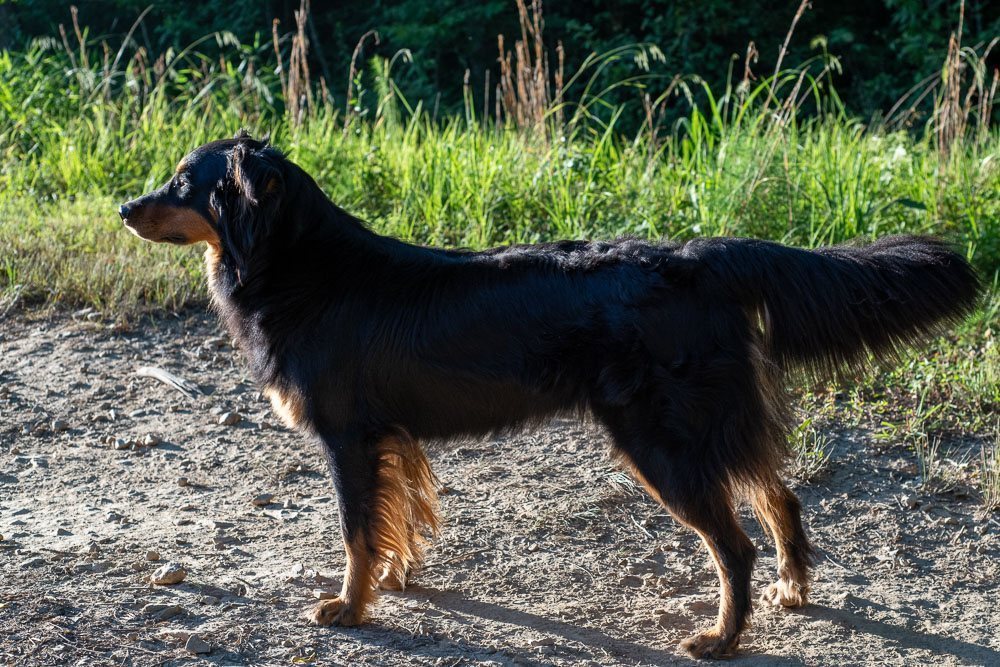Abstract
This article provides a glossary of common dog training terms to help dog owners better understand the principles and techniques of dog training. It covers terms related to canine behavior, obedience, and positive reinforcement training.
Glossary
Here’s a glossary of common dog training terms:
Reinforcement: A consequence that increases the likelihood of a behavior being repeated in the future. Positive reinforcement adds something desirable, such as a treat or praise, while negative reinforcement removes something aversive, such as a leash tug or a loud noise.
Punishment: A consequence that decreases the likelihood of a behavior being repeated in the future. Positive punishment adds something aversive, such as a scolding or a squirt of water, while negative punishment removes something desirable, such as access to a toy or attention from the owner.
Marker: A signal that indicates to the dog that they have performed a desired behavior and that a reward is coming. Common markers include a clicker or a verbal cue such as “yes” or “good.”
Clicker training: A training method that uses a handheld device that emits a distinct clicking sound as a marker for desired behaviors. Clicker training is often used in conjunction with positive reinforcement.
Luring: Using a food or toy reward to guide a dog into performing a desired behavior, such as sitting or lying down.
Shaping: Breaking down a complex behavior into smaller, more manageable steps, and reinforcing each step until the desired behavior is achieved.
Counter-conditioning: A technique used to change a dog’s emotional response to a stimulus, such as a loud noise or other dogs, from negative to positive.
Desensitization: Gradually exposing a dog to a stimulus that triggers an unwanted behavior, such as barking or aggression, in a controlled and safe environment, with the goal of reducing the dog’s reaction over time.
Positive training: A training approach that focuses on rewarding desired behaviors and ignoring or redirecting unwanted behaviors, rather than punishing the dog.
Obedience training: Training designed to teach a dog basic commands, such as “sit,” “stay,” and “come,” as well as leash manners and good behavior around people and other animals.
Socialization: Exposing a dog to a variety of people, animals, and environments during their critical socialization period, typically between 3 and 14 weeks of age, with the goal of preventing behavior problems and promoting good social skills.
Operant conditioning: A learning theory that emphasizes the consequences of behavior, rather than the dog’s internal motivations or feelings. Operant conditioning includes positive and negative reinforcement, as well as positive and negative punishment.
Classical conditioning: A learning theory that emphasizes the association between a neutral stimulus and a reflexive response, such as salivating in response to the sound of a bell, without the need for conscious thought or learning.
Recall: The ability of a dog to come when called, an important command for safety and off-leash play.
Targeting: A technique in which a dog is taught to touch a specific object, such as a hand or a target stick, with their nose or paw, which can be useful in teaching other behaviors and commands.
